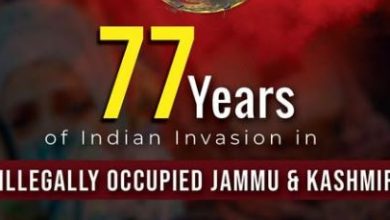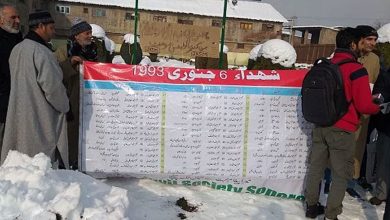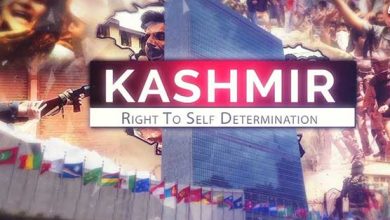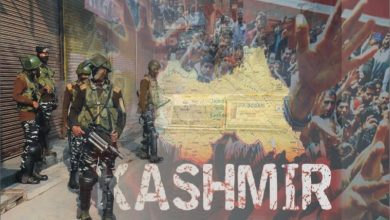Article: The role of media in shaping perceptions of the abrogation of Articles 370 and 35A in IIOJK
Ayesha Rafique
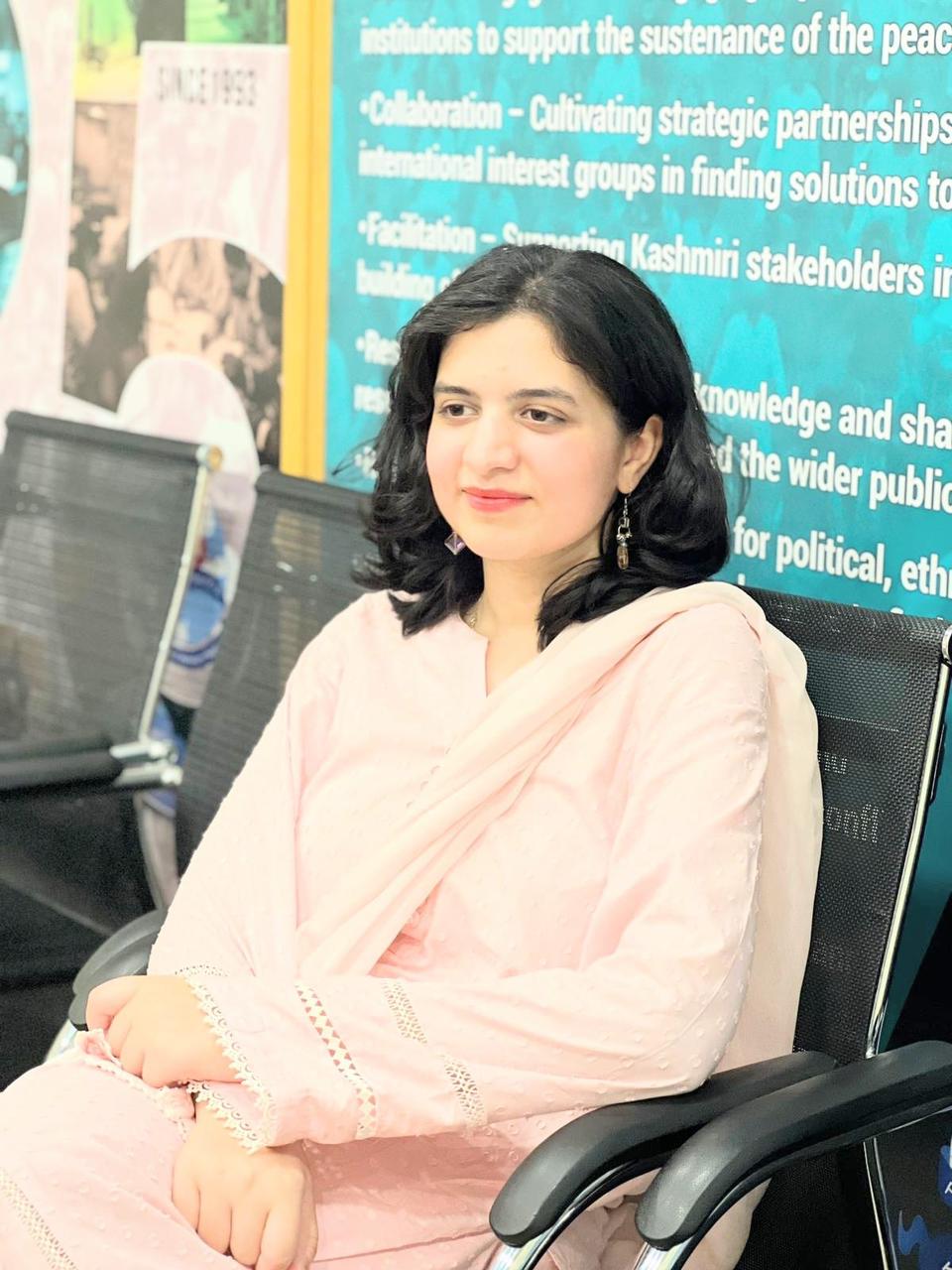
On August 5, 2019, the Indian government made a historic move by abrogating Article 370 and 35A, which granted special autonomy to the state of Jammu and Kashmir. This decision, hailed as a bold step towards national integration by some and criticized as a draconian measure by others, sparked a whirlwind of media coverage and debate. The role of the media in shaping public perception of this pivotal event cannot be overstated. From traditional news outlets to social media platforms, the narratives constructed around the abrogation have significantly influenced public opinion both domestically and internationally.
The Media Landscape: Diverse and Divisive
The Indian media landscape is diverse, comprising a mix of national and regional newspapers, television channels, online news portals, and social media. Each of these platforms played a critical role in disseminating information about the abrogation of Articles 370 and 35A. National media, with its extensive reach, framed the narrative in terms of national security, development, and integration. Major newspapers like The Times of India and Hindustan Times often highlighted the potential economic benefits and increased security that the abrogation was expected to bring to the region.
Conversely, regional media outlets, particularly those based in Kashmir, painted a different picture. Newspapers such as Greater Kashmir focus on the local populace’s fears and uncertainties. They reported on the immediate impact of the decision, such as the communication blackout, restrictions on movement, and the economic ramifications on the local businesses. This dichotomy in reporting underscored the polarized perceptions within the country.
International Media and Global Perceptions
The international media also played a significant role in shaping global perceptions of the abrogation. Esteemed publications like The New York Times, The Guardian, and Al Jazeera provided extensive coverage, often critical of the Indian government’s decision. These outlets highlighted human rights concerns, the prolonged lockdown, and the detention of political leaders. Their reports often included interviews with local residents and experts, providing a platform for voices that were otherwise muted in the mainstream Indian media.
For instance, The New York Times published a series of articles that delved into the human cost of the lockdown, with headlines such as “In Kashmir, a Race Against Death, With No Way to Call a Doctor” and “‘We Live in Constant Fear’: A Kashmir Town After India’s Crackdown.” These pieces painted a grim picture of life in Kashmir post-abrogation, focusing on personal stories and the psychological toll on the residents. Such reporting contributed to a critical global narrative that questioned the legality and morality of the Indian government’s actions.
Reports from international human rights organizations also played a role in shaping perceptions. Amnesty International and Human Rights Watch issued statements condemning the communication blackout and alleged human rights abuses. These reports were widely covered by international media, amplifying the narrative of state repression and the plight of the Kashmiri people.
The Role of Social Media: Amplifying Voices and Spreading Misinformation
Social media platforms like Twitter, Facebook, and WhatsApp played a dual role in shaping perceptions. On the one hand, they served as a crucial medium for amplifying voices that were otherwise marginalized. Activists, journalists, and ordinary citizens used these platforms to share ground reports, videos, and personal accounts. Hashtags such as #StandWithKashmir and #KashmirBleeds trended globally, drawing attention to the situation and mobilizing international support.
On the other hand, social media also became a breeding ground for misinformation and propaganda. Fake news, doctored images, and unverified reports spread rapidly, exacerbating tensions and creating confusion. The Indian government, recognizing the potential for unrest, imposed an internet shutdown in the region, which lasted for several months. This move, intended to curb the spread of misinformation, also hindered the flow of legitimate information, leading to further alienation and resentment among the local populace.
Statistics and Figures: The Impact on Public Perception
Quantitative data highlights the media’s impact on public perception. According to a study by the Centre for the Study of Developing Societies (CSDS), 63% of Indians supported the abrogation of Article 370, citing reasons such as national integration and the need for uniform laws across the country. This statistic underscores the influence of national media narratives that emphasized these themes
However, the same study revealed a stark contrast in perceptions within Jammu and Kashmir, where 81% of the respondents viewed the abrogation negatively, citing concerns over loss of autonomy and cultural identity. This disparity highlights the role of regional media in shaping local sentiment and underscores the polarized nature of the issue.
The Ethical Dilemmas of Media Reporting
The media’s role in shaping perceptions of the abrogation of Articles 370 and 35A also raises important ethical questions. The need for balanced reporting, particularly in conflict zones, is paramount. Media outlets must navigate the fine line between providing accurate, unbiased information and sensationalizing events for higher viewership or readership.
The communication blackout in Kashmir posed significant challenges for journalists, who struggled to verify information and provide comprehensive coverage. The shutdown also meant that many stories went untold, particularly those of the ordinary Kashmiri residents who bore the brunt of the restrictions. Ethical journalism demands that these voices be heard and that the media strive to present a holistic view of the situation.
In conclusion, the role of the media in shaping perceptions of the abrogation of Articles 370 and 35A in Jammu and Kashmir has been profound. From national and regional newspapers to international publications and social media platforms, the narratives constructed by these outlets have influenced public opinion in diverse and significant ways. While the media has the power to inform and educate, it also bears the responsibility of ensuring that its reporting is balanced, accurate, and ethical. As the region continues to grapple with the repercussions of the abrogation, the media’s role in shaping perceptions will remain crucial in determining the future course of this complex and contested issue.
(The writer is pursuing Bachelors of Peace and Conflict Studies from NDU and currently she is an intern at Kashmir Institute of International Relations.)





